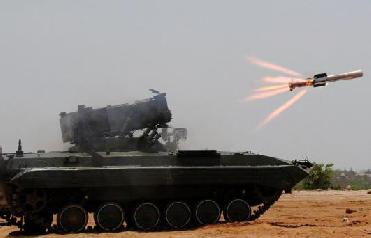
A file photo of Nag anti-tank missile.
NEW DELHI (BNS): India’s indigenously developed anti-tank missile Nag has successfully completed its final validation trials and is expected to join the Indian Army in 2011.
The missile underwent its ‘final’ trials in Rajasthan's Chanan Air Force ranges on Wednesday during which a total of four Nags were fired in quick succession against both fixed and moving targets, The Hindu news daily reported quoting a DRDO official.
While two missiles were launched against a moving target at a time, two others were directed against a derelict Vijayanta tank, the official said, adding that the ‘fire-and-forget’ missile “was bang on target.”
The group of missiles was fired to cover varying ranges of 500 meters to 2,600 meters and “caused extensive damage to stationary Vijayanta tanks on both the occasions,” the official said.
The official exuded confidence that the missile would be inducted in the Indian Army by early next year as “the Army was satisfied with the performance of the missile.”
The short-range Nag missile has been developed by Hyderabad-based Defence Research and Development Laboratory (DRDL) under the Integrated Guided Missile Development Programme of India.
A third-generation missile, Nag operates on “fire-and-forget” principle. While the land version of the missile has a range of 4 to 6 km, its air version has a range of 7 to 8 km. The 42-kg missile can fly at a speed of 230 meters per second.
Indian Army has earmarked Rs 335 crore to buy 443 Nag missiles.
Meanwhile, the NAMICA (Nag Missile Carrier) which will carry eight Nag missiles in 'ready-to-fire' mode, underwent floatation trials in the Indira Gandhi Canal, Nachna (Rajasthan) on Thursday during which the entire system manoeuvred through the canal and established its “channel-crossing ability,” The Hindu said.
 Previous Article
Previous Article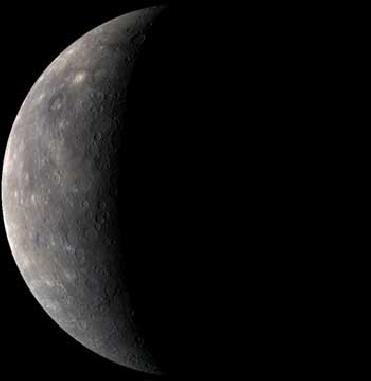 Next Article
Next Article
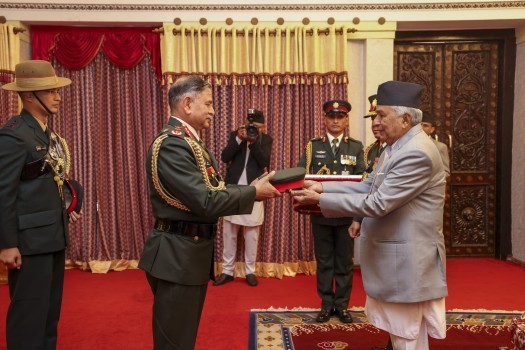
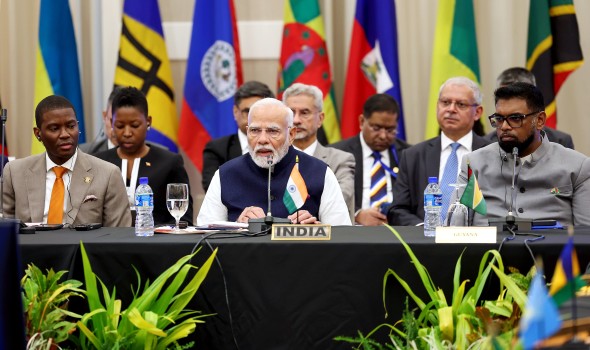
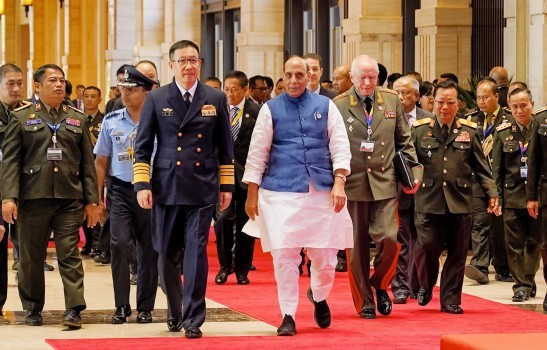

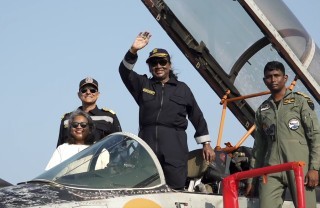
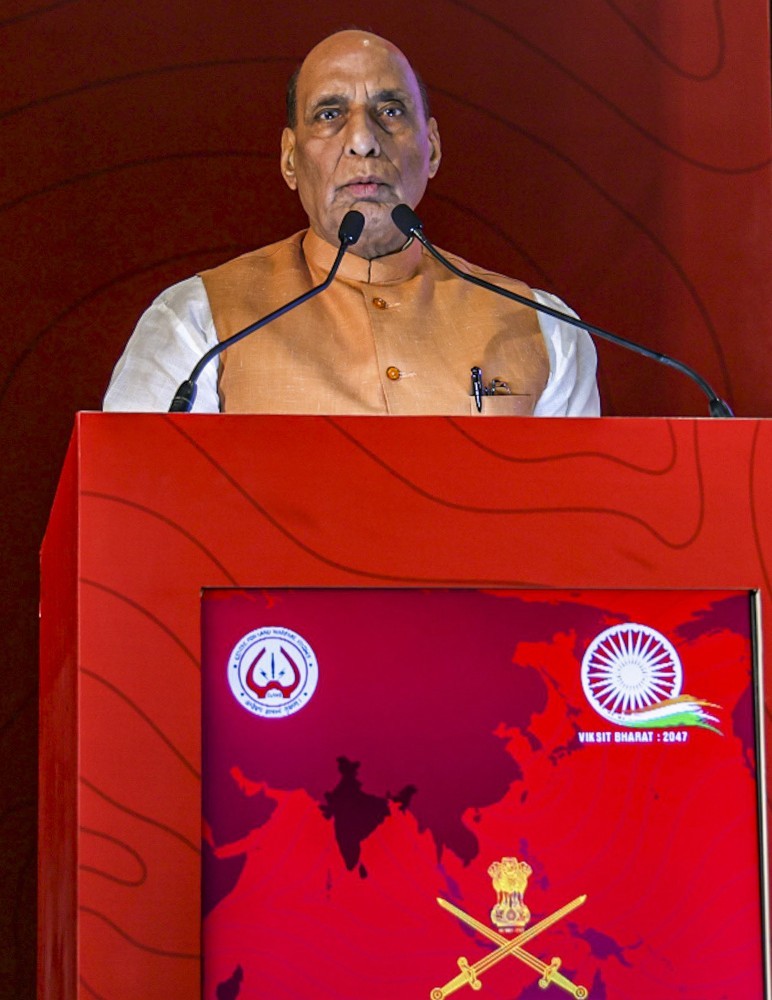





The Indian Air Force, in its flight trials evaluation report submitted before the Defence Ministry l..
view articleAn insight into the Medium Multi-Role Combat Aircraft competition...
view articleSky enthusiasts can now spot the International Space Station (ISS) commanded by Indian-American astr..
view article